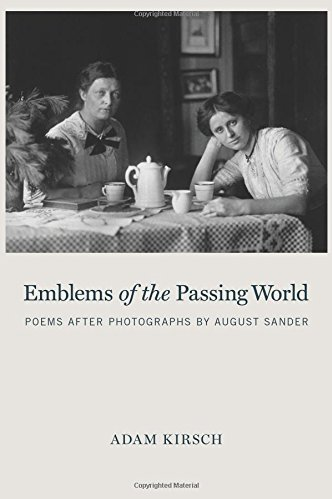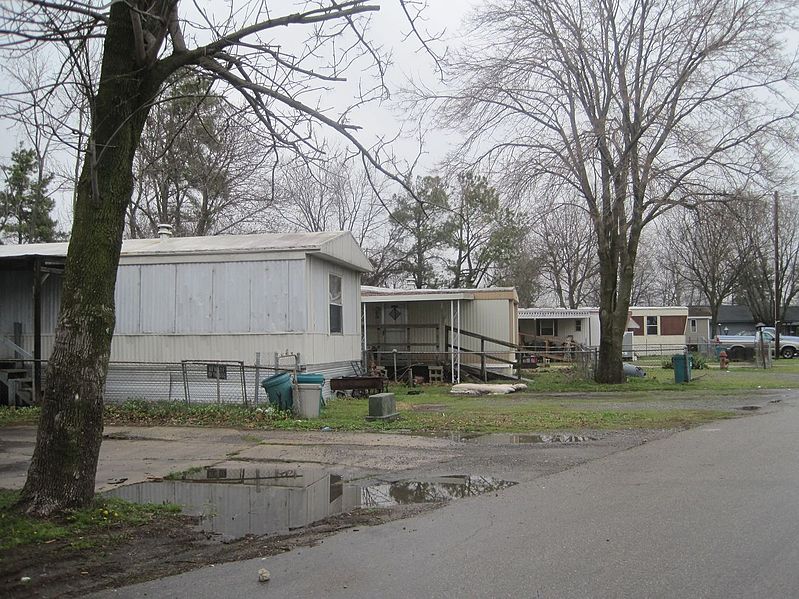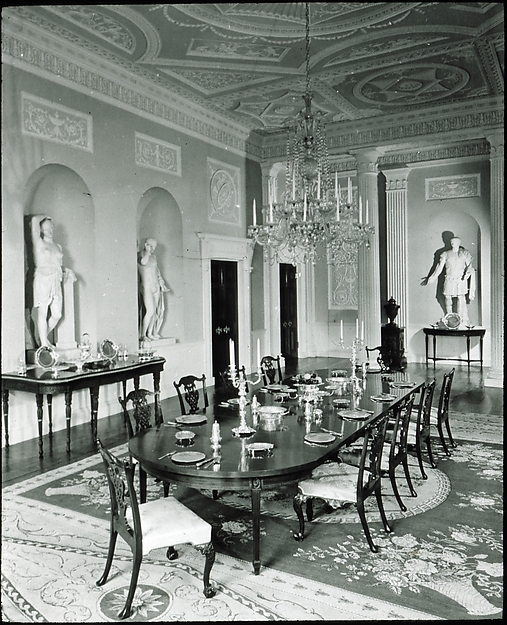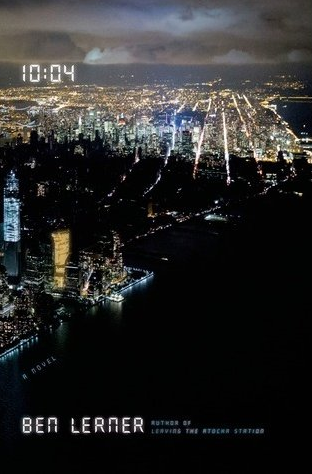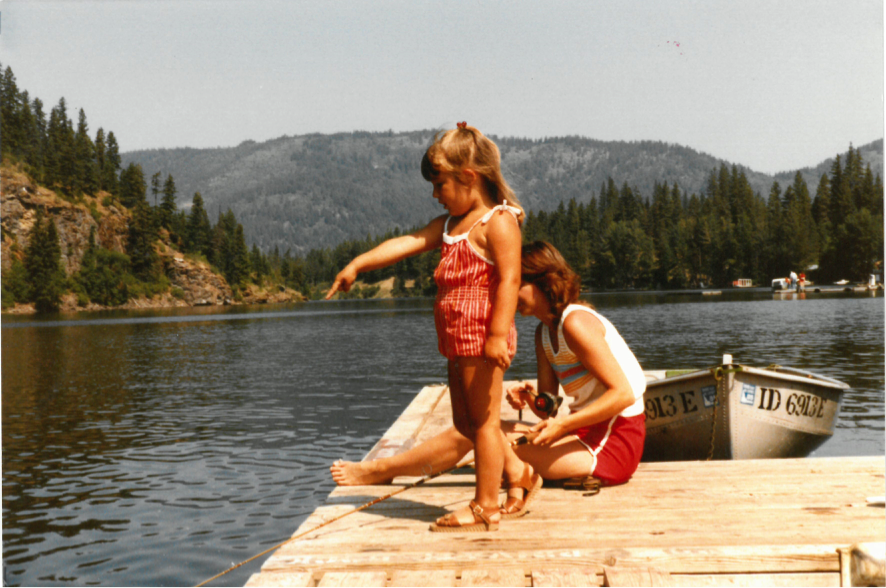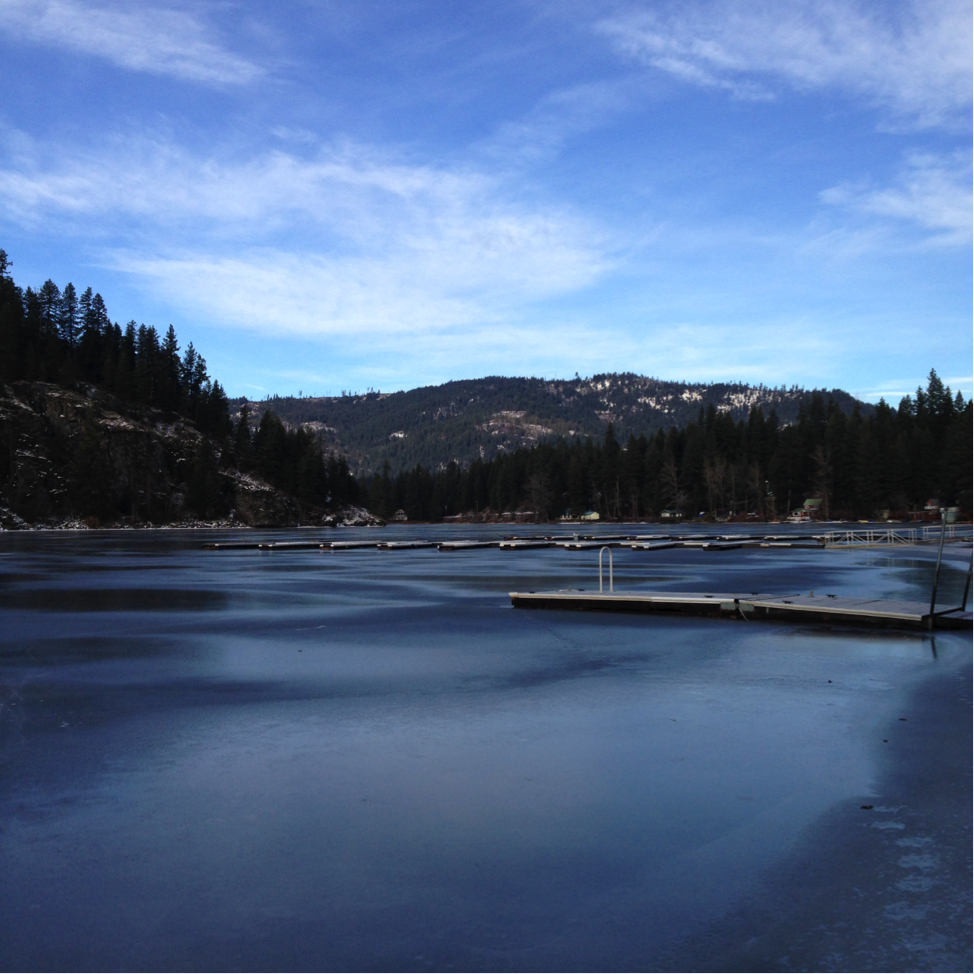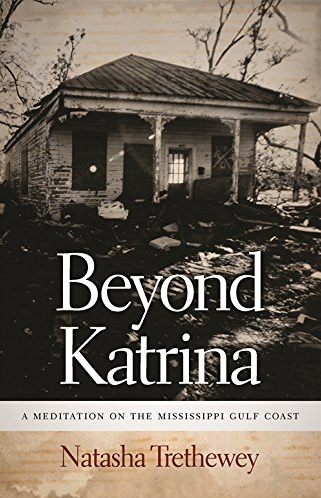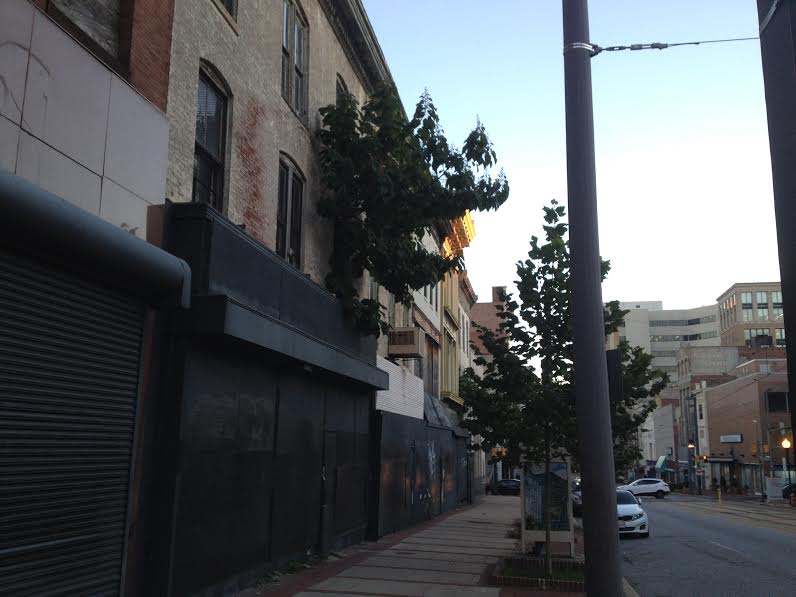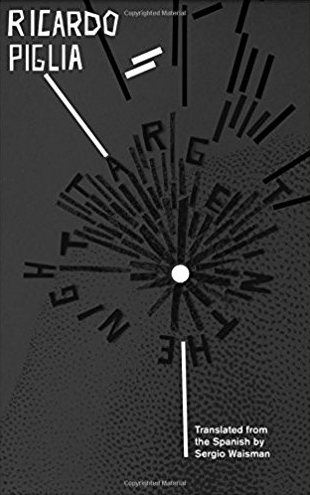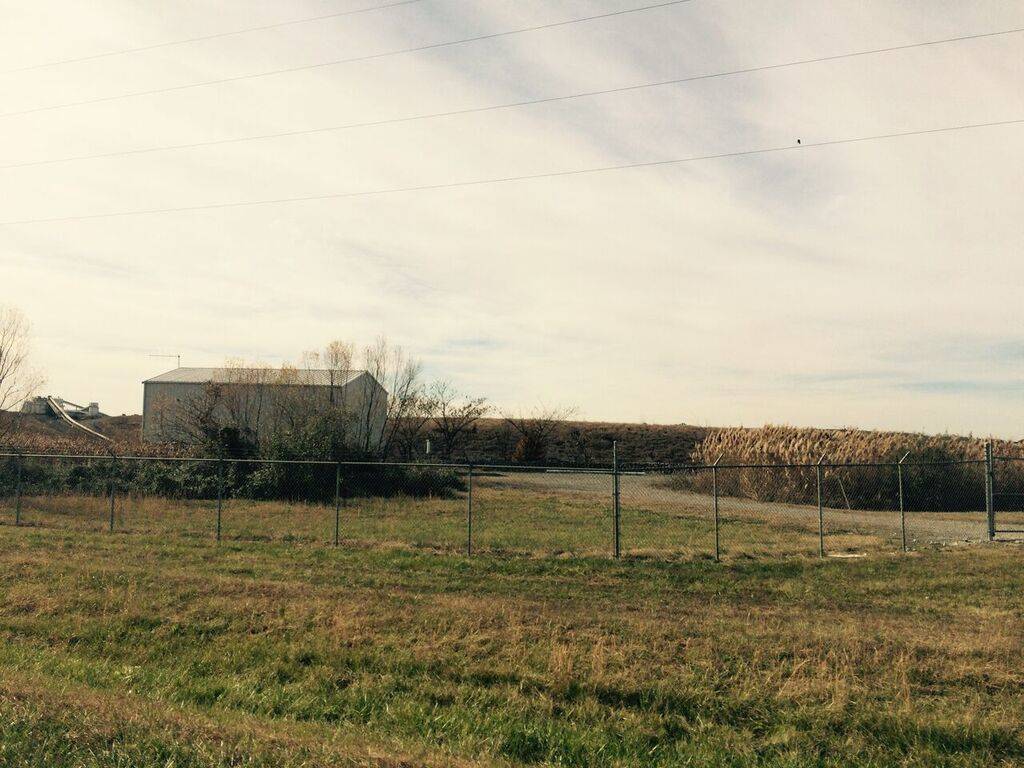
My sister lives in southern Illinois in a town of about 15,000 people called Mt. Vernon, a small town surrounded by acres of empty fields, harvested and shaved bare for the winter. In the villages on either side of the town, mini oil drills bob up and down in the front lawns of small houses and most of the bars have posters tacked to their doors that say “Hunters Welcome” in safety-vest orange. Mt. Vernon itself, though, sits at the intersection of highway 64 and highway 57, and the scenery is often what you’d expect to find at any other small-town stop on a road trip across the middle of the country: hotels, gas stations, fast food, two Mexican restaurants, a Kroger grocery store with a solemn pledge of good service stenciled on the glass window above the shopping carts.
